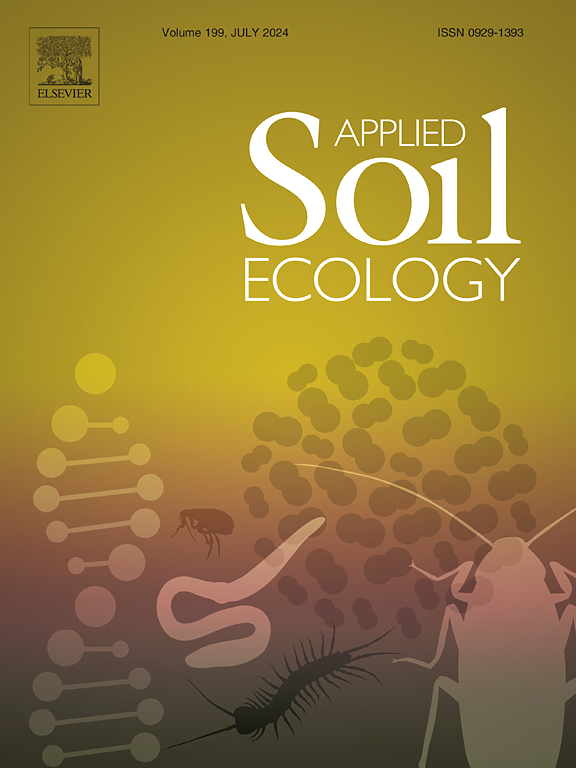Taxonomic turnover dominates changes in soil microbial communities and functions in response to wildfire in subtropical forest
Abstract
Wildfire is a key disturbance factor driving biodiversity and structure of forest ecosystems. Despite wildfire shaping soil microbial communities, the underlying mechanisms remain poorly understood. Here, we assessed soil microbial community dissimilarity in response to wildfire and quantified the contribution of taxonomic turnover and nestedness to reorganization of soil microbial communities in a subtropical forest in China. We further subdivided taxonomic turnover into homogeneous (βsim-homo) and heterogeneous (βsim-hete) based on turnover within/between functional groups. Results showed that reduced microbial richness and changed community structure after wildfire were predominantly driven by taxonomic turnover with equal contributions of βsim-homo and βsim-hete. Carbon cycle-related bacteria dominated βsim-homo, and the shift between carbon cycle-related and pathogenic bacteria dominated βsim-hete. Additionally, βsim-homo mainly occurred within saprotrophic fungi, while βsim-hete mainly occurred between symbiotrophic and saprotrophic fungi, manifesting a reduction in symbiotroph but stimulation of saprotroph. Generalized dissimilarity modeling (GDM) revealed that bacterial turnover was predicted by soil temperature and inorganic nitrogen while fungal turnover was predicted by soil temperature and carbon to nitrogen ratio. Our findings highlight the importance of taxonomic turnover in reorganizing post-fire soil microbial communities and functions, advancing our understanding of ecological processes and mechanisms of microbial responses to disturbance.


 求助内容:
求助内容: 应助结果提醒方式:
应助结果提醒方式:


